
High Energy Physics

The Department has been on the forefront of both theoretical and experimental particle physics since its inception. It was one of the major centers for theoretical particle physics during the decades of the 1950s and 60s and has trained a whole generation of researchers in the area.
In experimental particle physics, the Department was involved in collaborative research programs with CERN and Fermilab on emulsion studies and fixed target experiment to probe the structure of nucleons through production of direct photons.
In early 1990s the group joined the proton anti-proton collider experiment D0 at the Tevatron in Fermilab and participated in the discovery of the top quark in 1995, Bs oscillation and search for several new baryons.


The group joined the CMS experiment at CERN in late 1990s and built part of the silicon pre-shower detector. It also participated in various physics measurements, new limits, and the discovery of the Higgs Boson.
Members are also involved in the R&D and simulation effort for the ICAL experiment at India-based Neutrino Observatory (INO) near Madurai. Some members have also joined a multi-institutional Indian effort on Long-baseline neutrino experiments NOVA and LBNE at Fermilab under India-Fermilab Neutrino Collaboration.

The facilities at the Department include a high performance computing cluster, detector assembly and characterization facilities for gaseous ionization detectors like GEM and RPC and semiconductor detectors like Si strip sensors.
Among the faculty members working in this area are Prof. Brajesh Choudhary, Dr. Kirti Ranjan, Dr. Md. Naimuddin, Dr. Ashutosh Bhardwaj and Dr. Ashok Kumar.
Among the faculty members working in this area are Prof. Brajesh Choudhary, Dr. Kirti Ranjan, Dr. Md. Naimuddin, Dr. Ashutosh Bhardwaj and Dr. Ashok Kumar.
-
 Arun Kumar (Assistant Professor)
Arun Kumar (Assistant Professor)
Experimental High Energy Physics
akumar7@physics.du.ac.in
https://smrth.in/Ar https://sites.google.com/view/akumar-du/home -
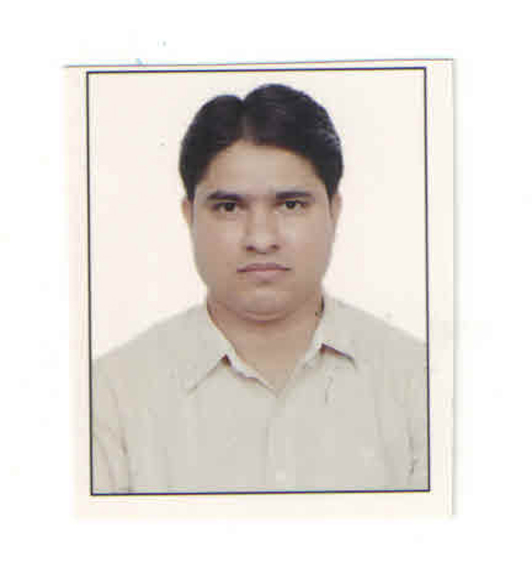 Ashok Kumar (Associate Professor)
Ashok Kumar (Associate Professor)
Experimental High Energy Physics
ashok.hep@gmail.com
https://smrth.in/Mq -
 Ashutosh Bhardwaj (Professor)
Ashutosh Bhardwaj (Professor)
Detector Physics & Experimental High Energy Physics
abhardwaj@physics.du.ac.in, go2ashu@gmail.com
https://people.samarth.edu.in/index.php/profile/user/index/DU/ic8 -
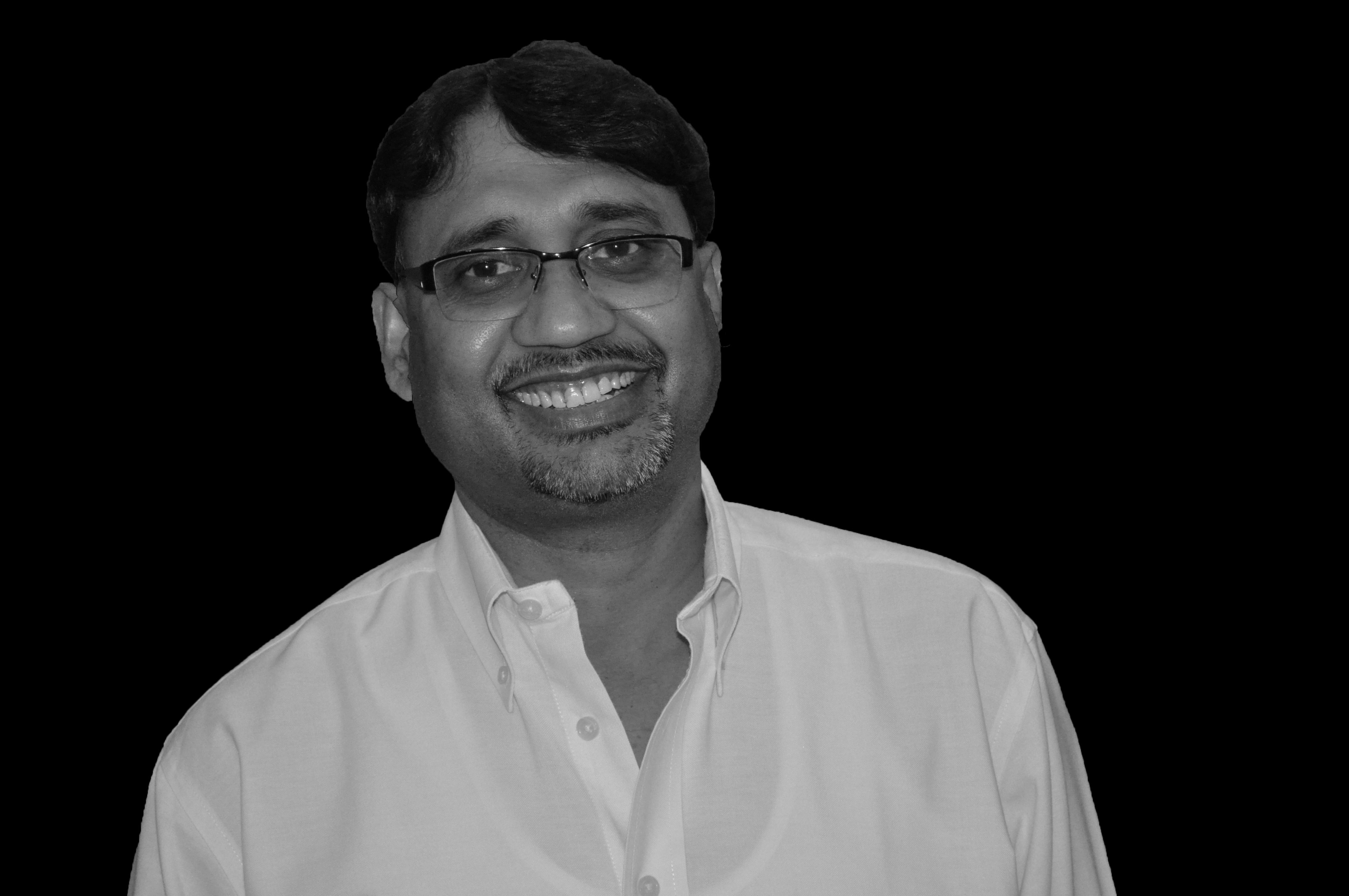 B C Choudhary (Senior Professor)
B C Choudhary (Senior Professor)
Experimental High Energy Particle Physics & Astrophysics
brajesh@fnal.gov, brajesh.choudhary@cern.ch
https://smrth.in/ZO -
 Debajyoti Choudhury (Professor)
Debajyoti Choudhury (Professor)
High Energy Physics & Cosmology
Debajyoti.Choudhry@gmail.com, debchou@physics.du.ac.in
https://smrth.in/6N
-
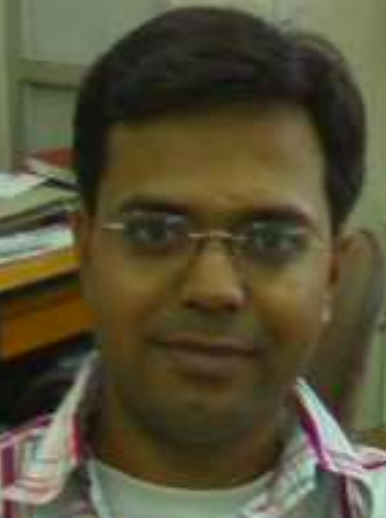 Kirti Ranjan (Professor)
Kirti Ranjan (Professor)
Experimental High Energy Physics
Kirti.Ranjan@cern.ch, kranjan@physics.du.ac.in
https://smrth.in/RF -
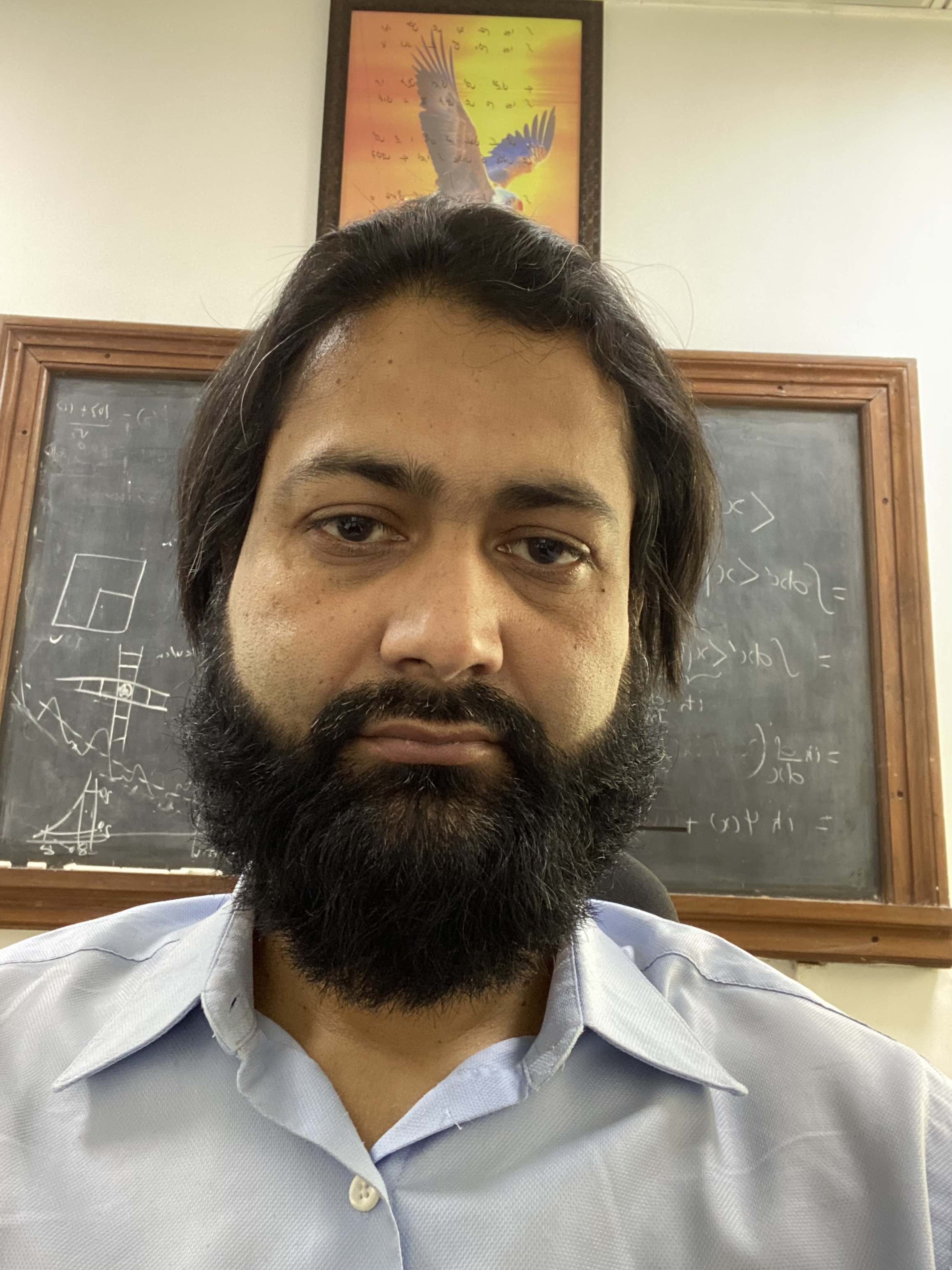 M Naimuddin (Professor)
M Naimuddin (Professor)
High Energy Particle Physics
nayeem@fnal.gov, nayeemsworld@gmail.com, nayeem@physics.du.ac.in
https://smrth.in/dE http://www.clued0@fnal.gov/~nayeem/mypage.html -
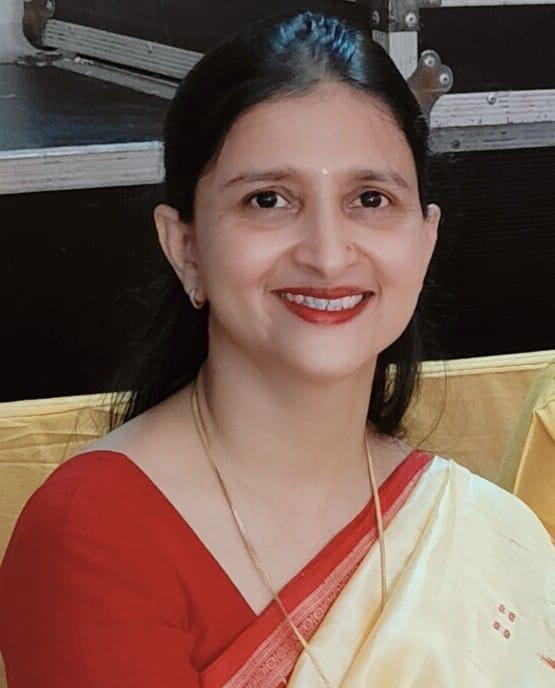 Natasha Sharma (Associate Professor)
Natasha Sharma (Associate Professor)
Experimental High Energy Physics
nsharma@physics.du.ac.in
https://smrth.in/?gSHB -
 S S Singh (Professor)
S S Singh (Professor)
High Energy Physics
sssingh@physics.du.ac.in
https://smrth.in/KN -
 Sanjeev K Verma (Professor)
Sanjeev K Verma (Professor)
High Eneregy Physics, Cosmology & Astrophysics
sanjeevkumarverma@outlook.in
https://smrth.in/LR https://sanjeevkumarverma.wordpress.com
© All rights reserved. Design by Department of Physics & Astrophysics, University of Delhi, Delhi 110007
Any suggestions may be communicated to physweb@physics.du.ac.in